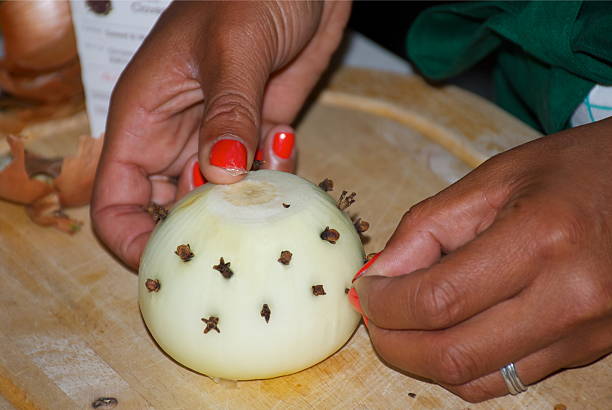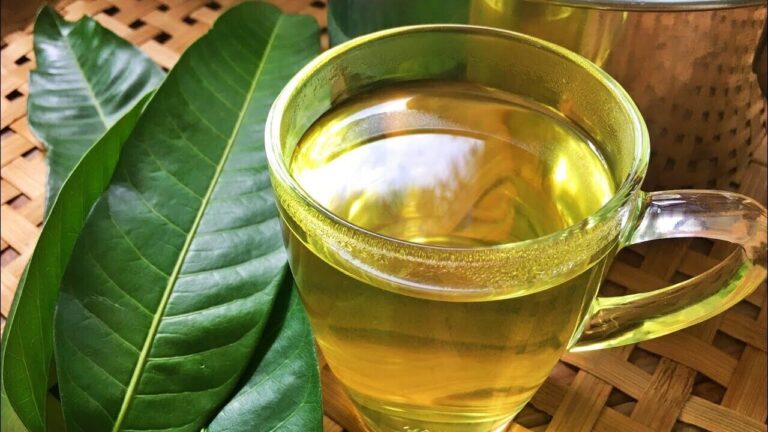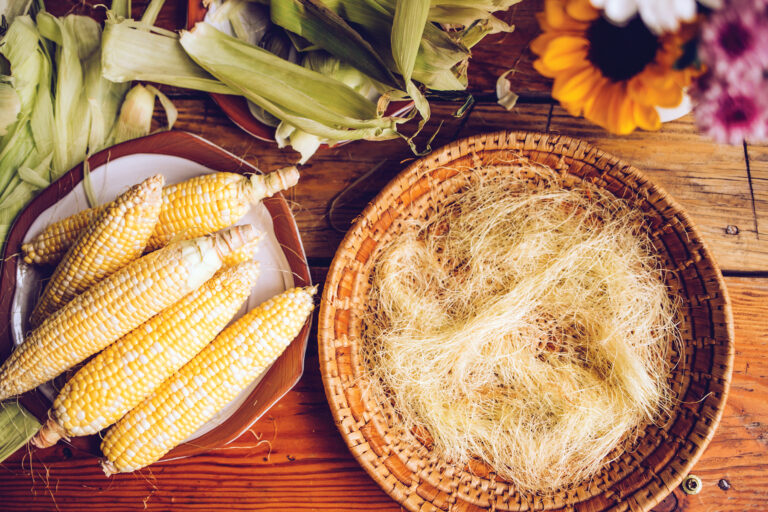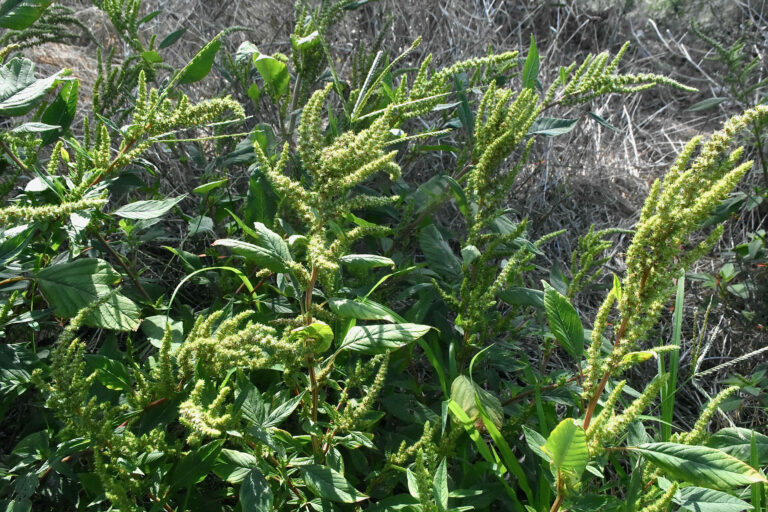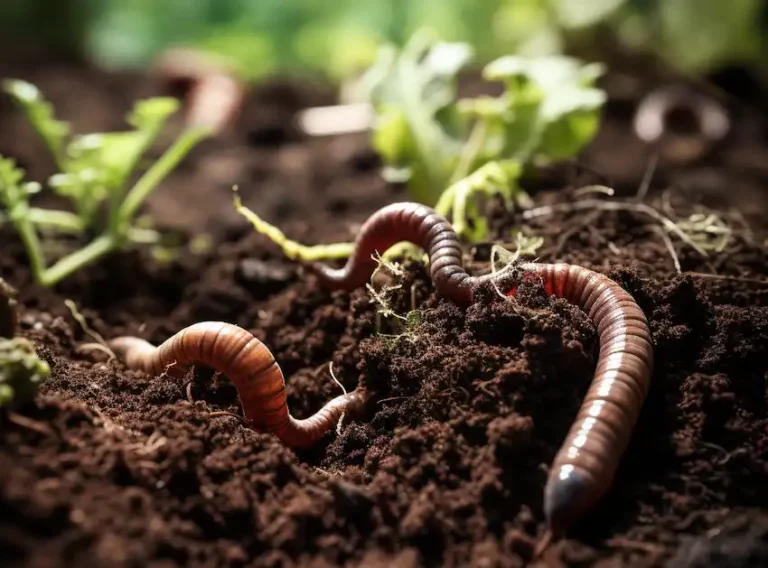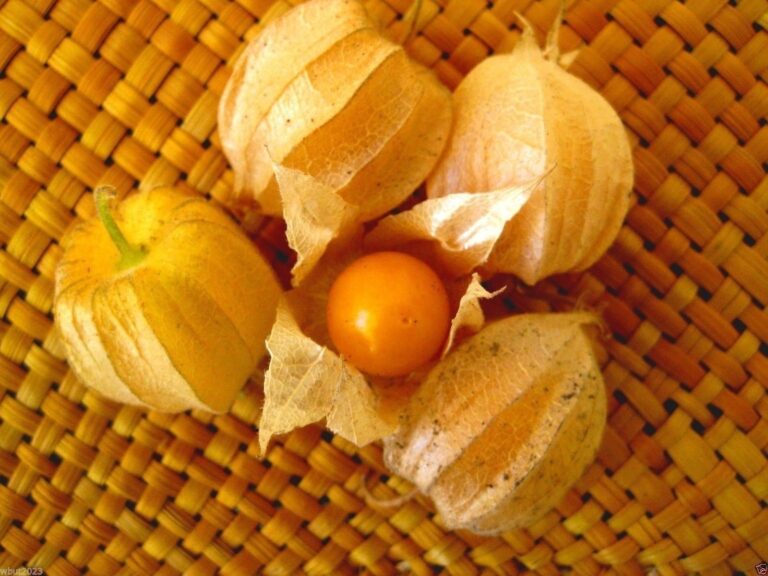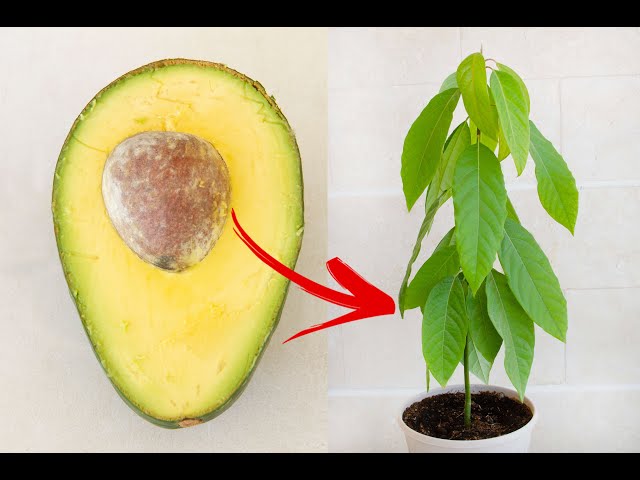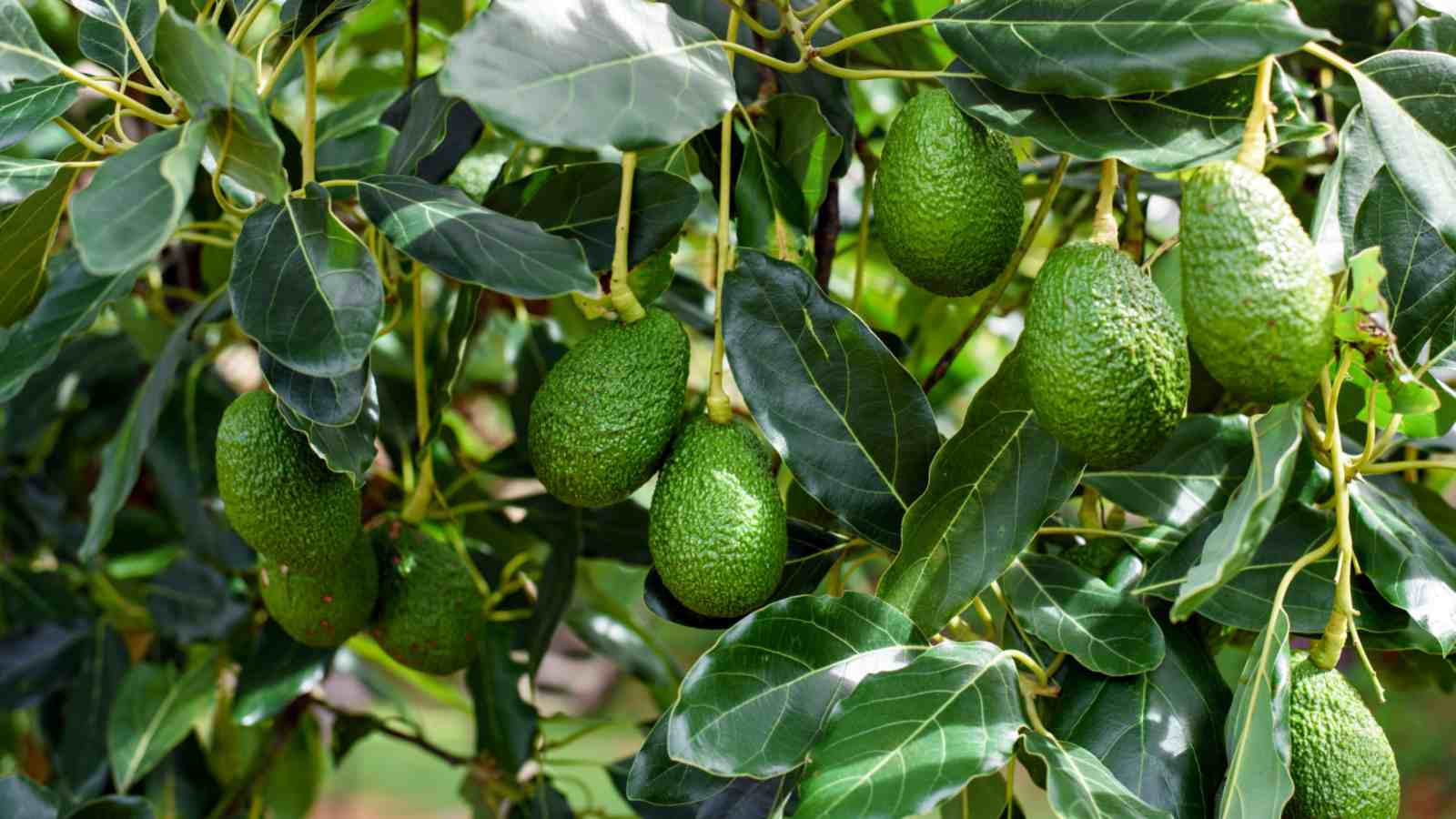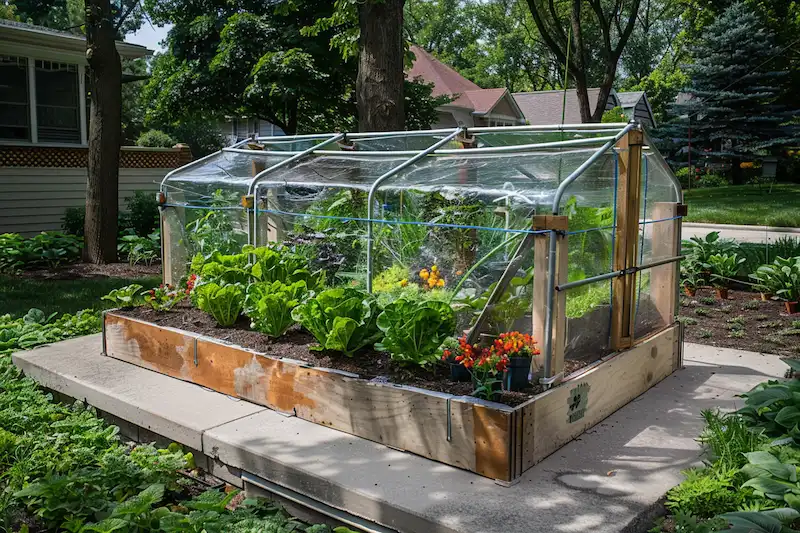For centuries, cloves and onions have been staples in both kitchens and traditional medicine cabinets. These humble ingredients, often taken for granted, pack a powerful medicinal punch—now validated by modern science. From fighting infections to boosting immunity, their combined uses span cultures and generations.
Why This Pair Works
1. Natural Antibacterial & Antiviral Power
- Cloves contain eugenol, a compound with proven antimicrobial effects against bacteria like E. coli and viruses.
- Onions are rich in quercetin and sulfur compounds, which disrupt microbial growth.
Study (2022, Journal of Ethnopharmacology): Clove extract showed 90% inhibition against common respiratory pathogens.
2. Immune-Boosting Synergy
Together, they enhance:
✔ White blood cell activity (thanks to onion’s selenium + cloves’ antioxidants)
✔ Mucus membrane protection (helping ward off colds and flu)
3. Pain & Inflammation Relief
- Cloves numb pain (historically used for toothaches)
- Onions reduce swelling (used in poultices for arthritis)
Proven Traditional Uses, Now Backed by Science
Respiratory Health
Ayurvedic remedy: Boiled onion-clove tea soothes coughs and bronchitis.
Recent finding: Vapors from simmering cloves + onions may loosen congestion better than some OTC meds.
Wound Healing
- Clove oil prevents infection
- Onion paste speeds tissue repair (used in WWI for battlefield injuries)
Digestive Aid
- Stimulates enzyme production
- Reduces bloating and cramps
How to Use Them Today
1. Immunity-Boosting Tea
Steep 3 cloves + ½ sliced onion in hot water for 10 mins. Add honey.
2. Infection-Fighting Poultice
Crush 1 tbsp cloves + ¼ onion, apply to boils (cover with gauze).
3. Cold & Sinus Steam
Boil in water; inhale vapors for 5 mins.
A Caution
⚠ Clove oil must be diluted (can irritate skin). Onions may interact with blood thinners.
